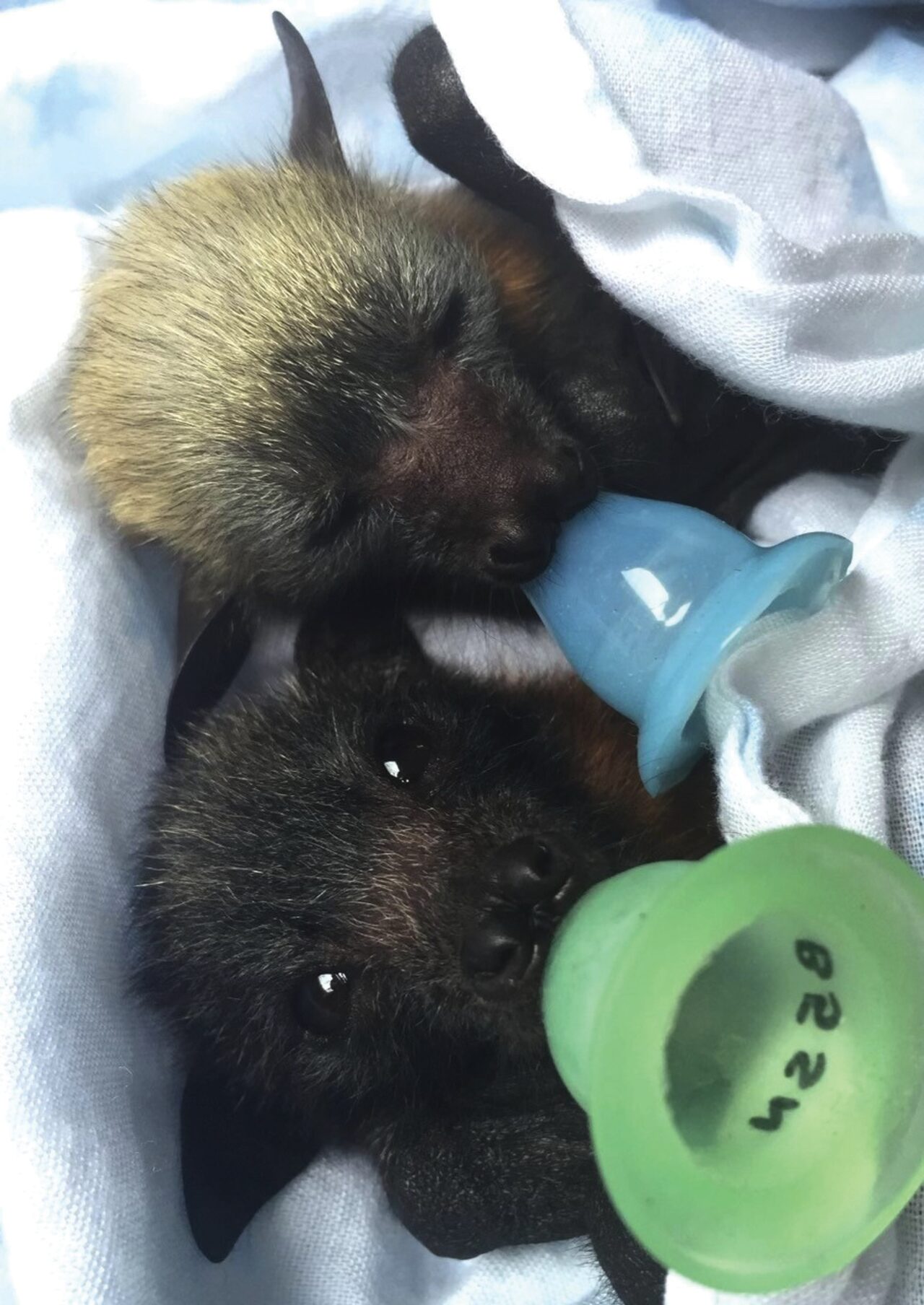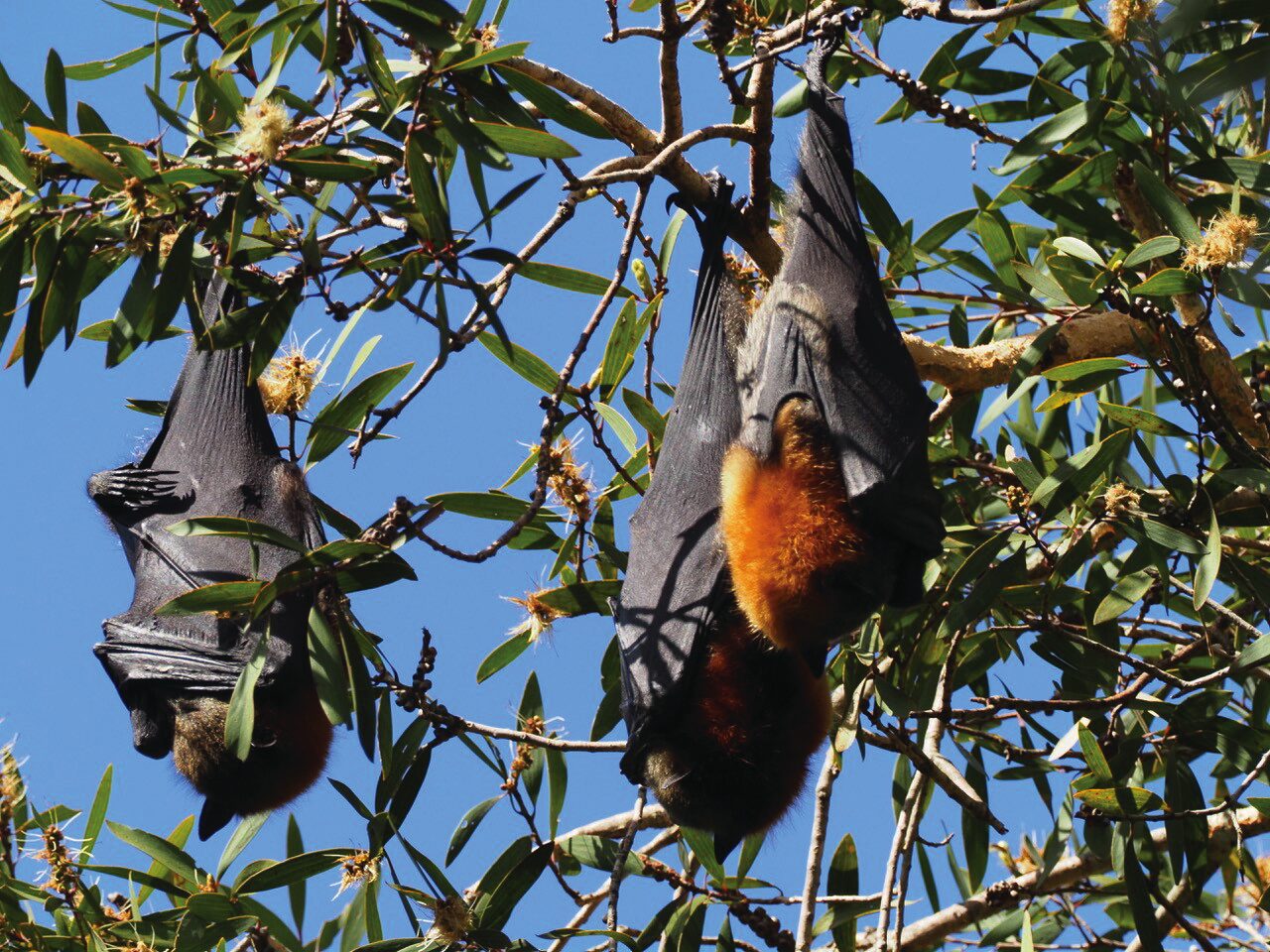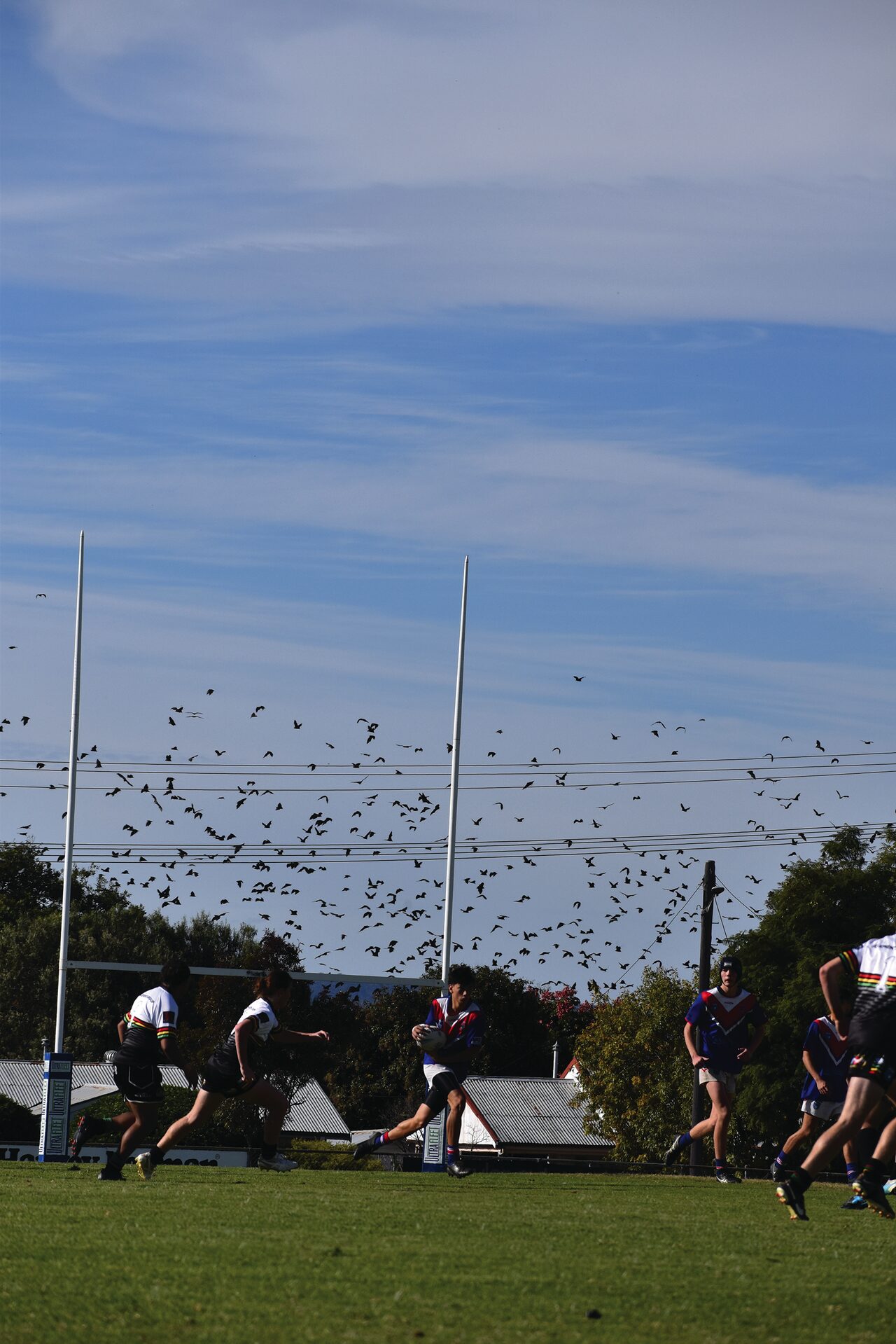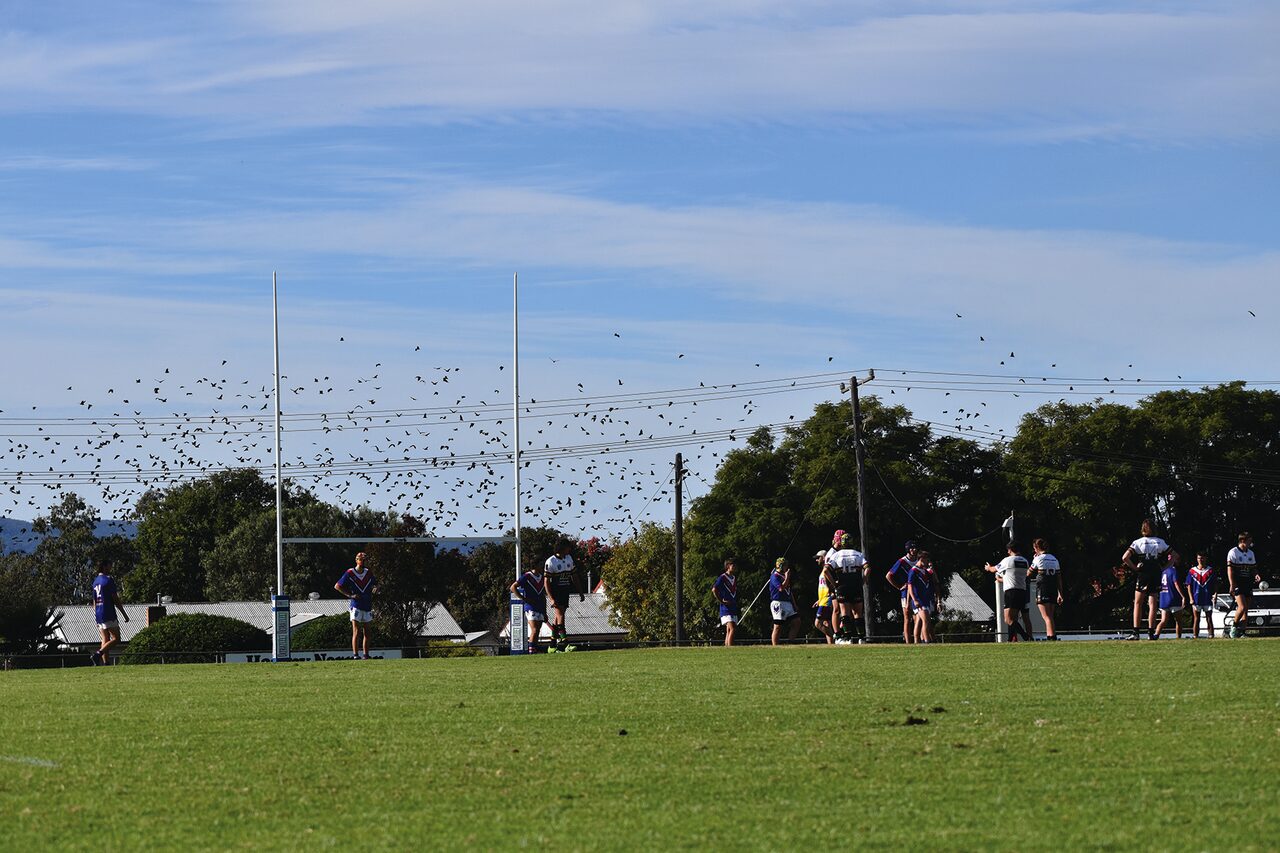Gunnedah is going batty about an increased presence of flying foxes in the area. But before the creature’s critics sink in the fangs on social media about the tiny mammals, they might want to hear the plight of their flight.
The bats have been seemingly increasing in number and activity in the Gunnedah area.
Every evening around dusk, the bats take flight in their thousands from their daytime “camps” near the Namoi River.
Many curious community members have pondered questions about the visitors such as ‘why are they here?’ and ‘are they dangerous?’
Others have expressed concern about the smell, while some have (sarcastically) suggested the animals have better behaviour than some of the human population.
Storm Stanford, an experienced bat carer with the NSW Wildlife Information Rescue and Education Service (WIRES), said bats are remarkably intelligent, independent animals.
“They are really smart and really individual in their nature,” Ms Sanford said.
She assured Gunnedah residents that bats – which are a protected species but can carry diseases – are relatively safe to be around.
If people are inadvertently infected, a proven vaccine is available to treat people – but the best advice is to leave the animals alone.
“If you don’t come into contact with the animal, you can’t get sick,” she said.
Ms Stanford said the bats are likely being driven to the area by food sources, particularly the flowering white box.
She said the woodland eucalypt is favoured by bats for its “high nectar flow” and strong nutritional value.
“The thing that bring the bats in, is the food,” she said.
The wildlife carer, who has been looking after injured bats for about 20 years, suspected flooding on the coast was driving more populations inland in search of food.
“Rain will wash out the nectar,” she said.
“Ripe fruit can get washed out.”
She judged the health of local flying fox population by the number of calls she receives about animals in distress.
Ms Standford said the Gunnedah and North West region has remained relatively quiet, despite the community’s observation about increased bat activity.
“We’re not getting a heap of calls in,” she said.
“That suggests the animals are healthy.”
She said it was difficult to know if bat breeding could also be playing a part, as this continues throughout much of the year.
The carer said pinpointing where the bats originated was also tricky as many locations across Australia are home to “camps” of flying foxes.
Borrowing an analogy to describe the collective noun for the group of bats, Ms Stanford said although bats are often referred to as “colonies”, this is not accurate as the term refers to family groups.
Flying fox “camps”, however, are like “backpacker hostels” with bats coming and going, moving as individuals, which is typical of their behaviour.
Although bats are generally considered to be creatures of the night (nocturnal), Gunnedah’s resident bat population has been often observed flying during the middle of the day.
Ms Sanford said this was not unusual, referring to a previous study which found bat camps have varied sleep patterns and behaviour.
“At any given time, about 15 per cent are asleep, the rest are chatting,” she said.
It is not known how long the bats will remain in Gunnedah – Ms Sanford suggested perhaps for as long as the white box flowers are flowering.
She urged people who see an injured or orphaned bat to contact WIRES immediately to enable a trained wildlife carer to attend.
Flying foxes in care. Photo: WIRES

Photo: WIRES





